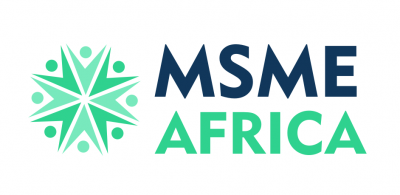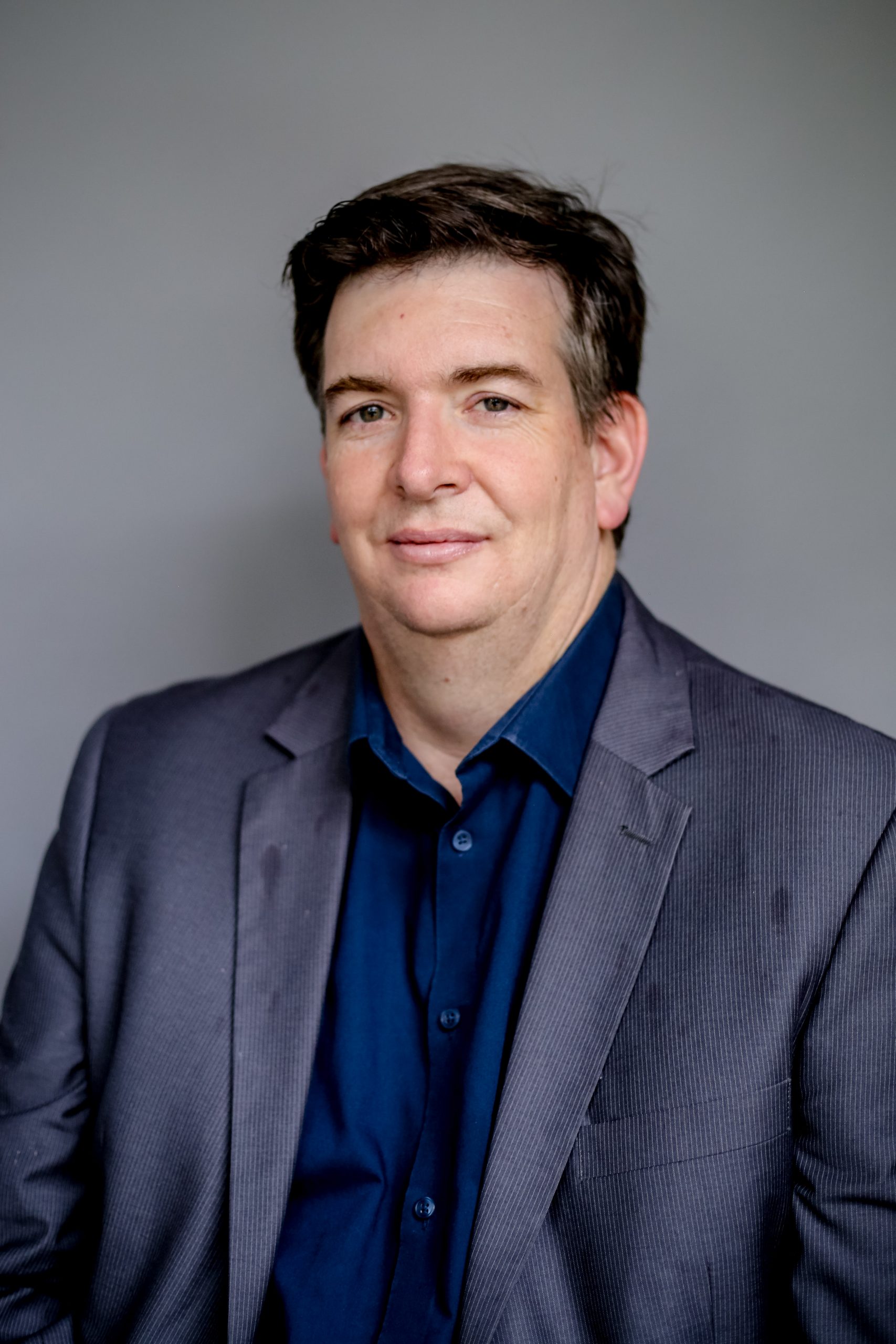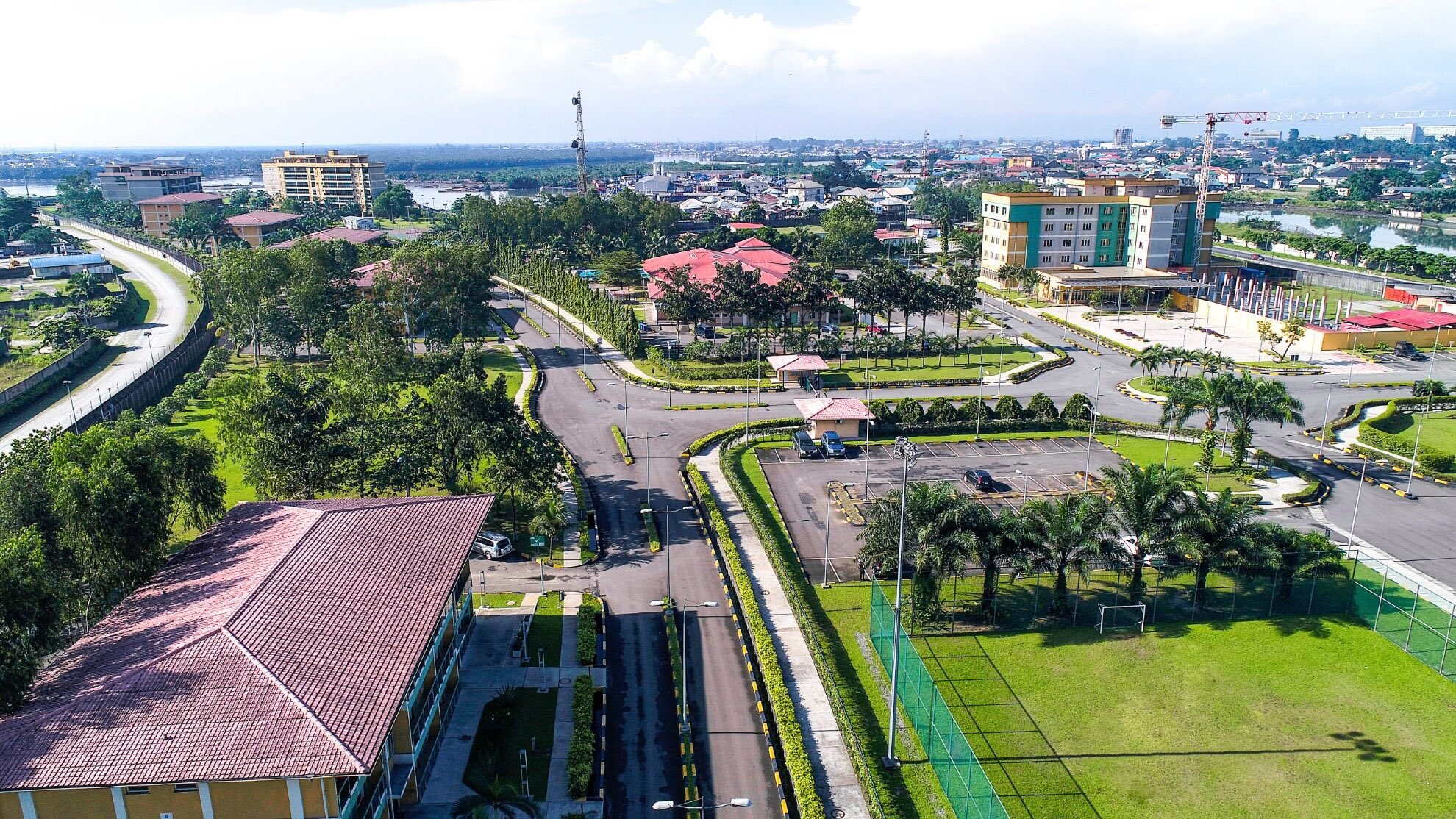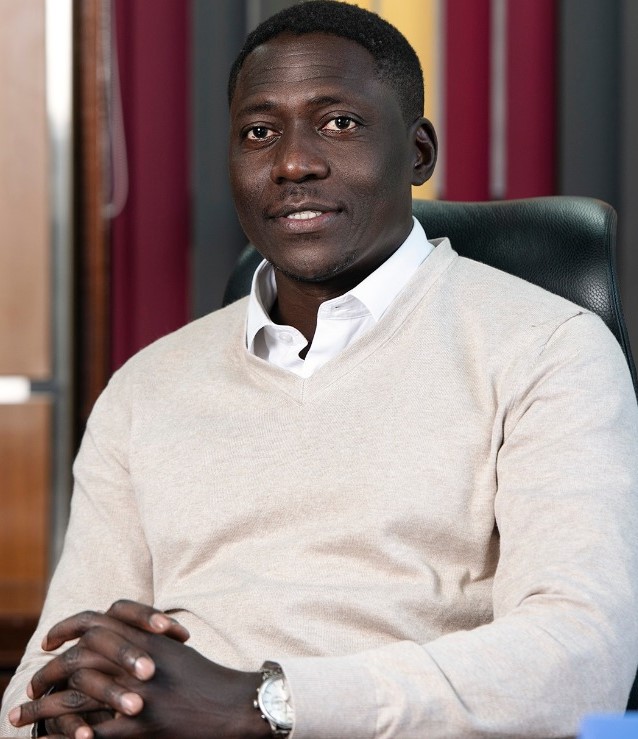BUILDING THE VIRTUOUS HEALTHCARE CYCLE – A story about diagnostics capacity building
By Jonathan Keytel – Head of Healthcare Transformation at Roche Diagnostics
Author and Educator Stephen R Covey said, “If you don’t have confidence in the diagnosis, you won’t have confidence in the prescription.”
The foundation of the healthcare value chain is quality diagnostics. We all have an anecdote – good or bad – where diagnostics have taken centre stage. Mine is in recent memory, when my parents moved to a new home. They had lived in a large family house for many years and decided it was time to downsize.
Following the move, we noticed that my father suddenly became quite forgetful. Of course, this was worrying. Something had changed, but we hoped it was just a result of the upheaval and his advancing age.
Memory loss can result from many things – some of them life-threatening. We went to the doctor, not knowing what to expect. But when tests were run, it turned out the diagnosis was a simple, treatable thyroid problem causing his forgetfulness.
A rudimentary blood test run through a quality diagnostics system operated by qualified pathologists gave an entire family hope and peace of mind. And it vastly improved my father’s quality of life. He is being treated with medication and is back to his old self, with sound mental faculties. This is one small, personal study in the value of quality diagnostics.
Everybody has a story. In Africa, many stories don’t have the happy endings they should. In context, Africa currently has an average of approximately one pathologist per one-million people.1
There is not enough access to quality diagnostics on the continent. And this has made it essential for healthcare providers to think beyond our everyday initiatives and drive capacity building on a large scale. A significant obstacle to effective capacity building in Africa is the general lack of resources. Another salient factor is the insufficient institutional capacity to deliver healthcare to patients.
Building diagnostics capacity is no small task. Under the microscope, we often observe that clinical processes are further advanced than laboratory processes because the pathologists don’t have the resources or training to implement them effectively. Here, an essential part of the healthcare cycle is underperforming and not serving the patient as it should.
The virtuous cycle – a case study in progress
In July 2022, the Kilimanjaro Christian Medical Centre (KCMC), Philipps-University Marburg and Roche Diagnostics launched a strategic partnership.
The central objective of the partnership is to strengthen diagnostics infrastructure and capacity in north-eastern Tanzania by creating a state-of-the-art Centre of Excellence. The Centre is designed to drive sustainable capacity building and develop the skill sets necessary to meet local needs. This Centre of Excellence is co-funded by the Deutsche Investitions-und Entwicklungsgesellschaft (DEG), a development finance provider from the German Federal Ministry for Economic Cooperation and Development, and Roche Diagnostics.
The COVID pandemic highlighted that we need to invest more energy and effort in diagnostics to create a virtuous, uninterrupted cycle that delivers better outcomes to clinicians and patients.
In the context of this case study, this plays out at three levels. At one end is an academic partner from Europe that brings state-of-the-art systems. At the other end is a leading and respected Tanzanian institution that encompasses the African context.
Somewhere in the middle, Roche Diagnostics brings expertise and essential diagnostic tools as a private partner. This creates a virtuous cycle in that the sum of these parts creates better outcomes – firstly (and most importantly) for patients, secondly for hardworking clinicians and finally, for the strategic partners involved in the symbiotic sequence.
In practical terms, the Centre will merge three laboratories already run at the facility – the clinical laboratory, the teaching laboratory and the research laboratory.
This consolidates three testing streams, building a virtuous cycle of expertise. By consolidating these volumes, we are building expertise in the laboratory for laboratory personnel. The increased volume of work from the three streams improves the turnaround time and the overall quality of the results. The lab systems also evolve, creating a knock-on effect.
The dominoes begin to fall
Testing is more cost-effective when it is done in batches. The downside to batching is that the lab might have to wait several days before they have enough samples to run the test, which increases lead time. So, the doctor and patient wait longer for their results.
Furthermore, if the clinician is confident in the quality of results they are receiving from the lab, they feel more engaged in the process and are more likely to send bigger batches of tests. This drives faster output for the patient and the clinician. That is a feedback loop into the volume that the laboratory needs to keep costs down and improve turnaround time.
In time, this process allows us to build a menu of appropriate tests, allowing the clinician to tackle more disease areas. These interlocking virtuous cycles ensure that the lab is operationally, financially and socially sustainable. The lab becomes a sustainable service provider in the clinical setting, shaping diagnostic capacity organically. We can also expand the lab’s reach with digital technology and telemedicine, allowing it to operate across borders and tap into diagnostic expertise from around the globe.
Building this cycle is not a quick fix. It is a long-term strategy. In context, as an industry, we may need to take stock of how we’re investing and refine our modes and targets to create more virtuous cycles within crucial disease areas. Addressing the African disease burden requires innovative approaches.
As businesses with the power to invest, short-term profit should give way to long-term strategy. We are not investing in a commodity. We are investing in a virtuous cycle that equilaterally serves the investors, the laboratory, the clinicians and, most importantly, the patient. By doing now what the patient needs next, more families could get the happy endings they deserve in their healthcare journeys than ever before.
References:










